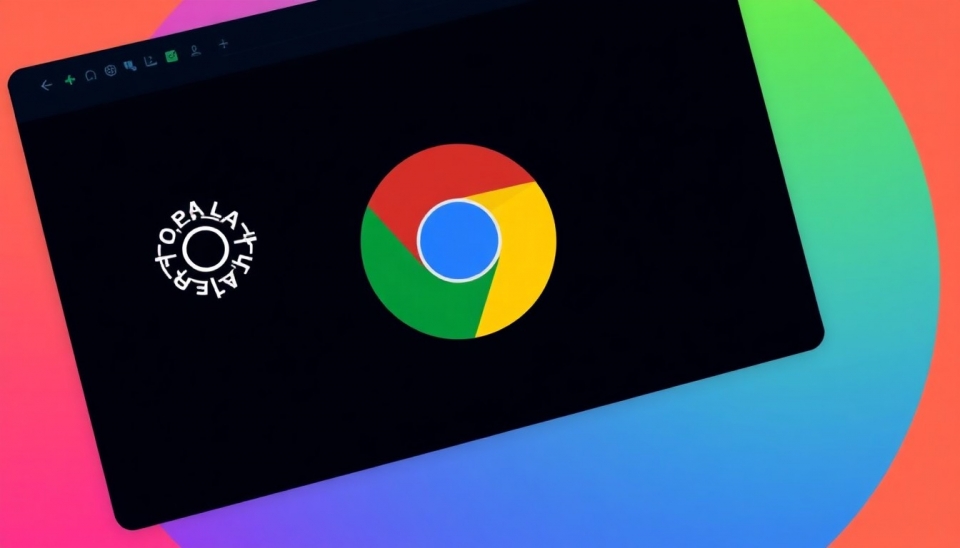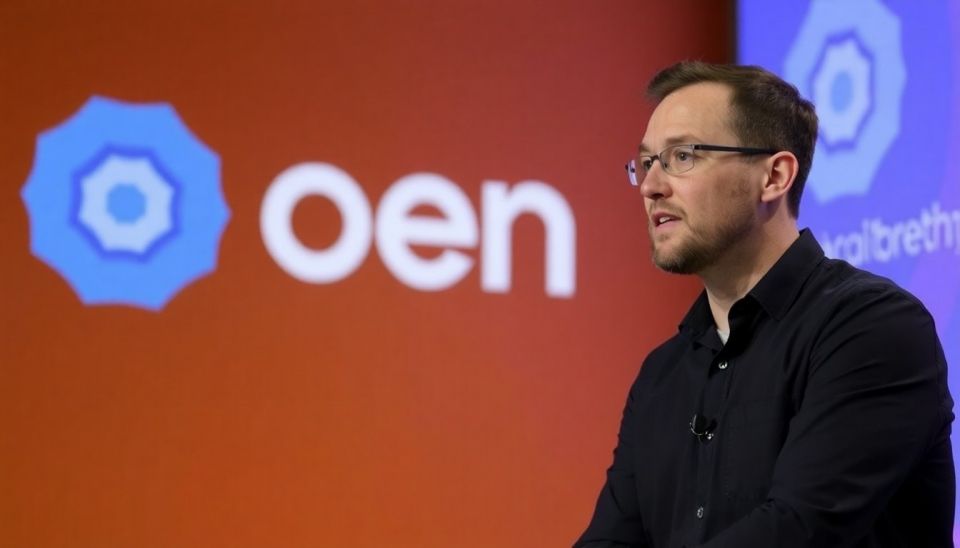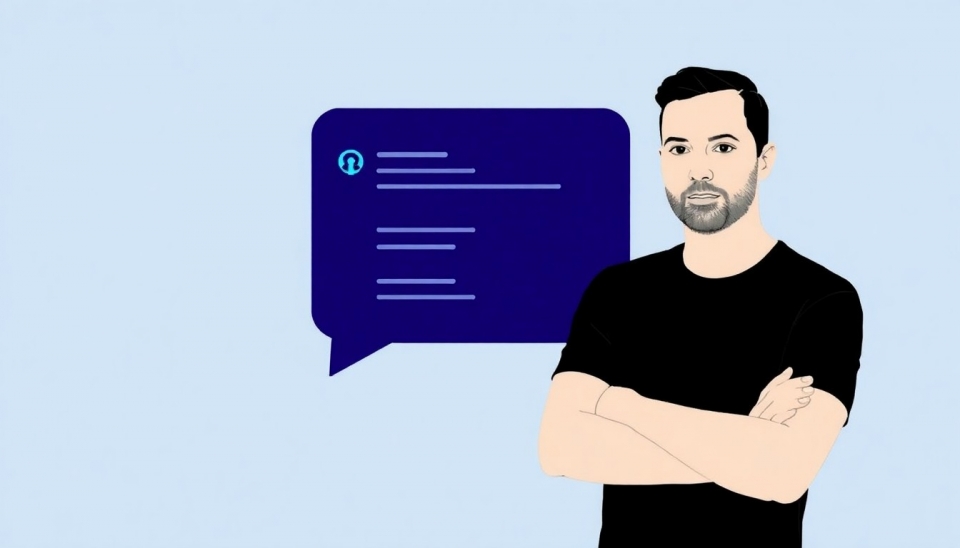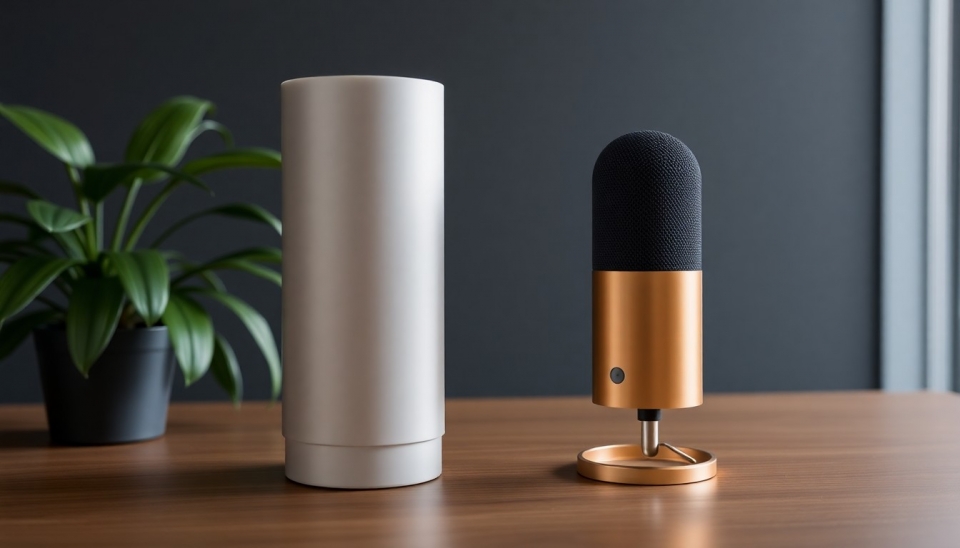
In a surprising twist in the realm of artificial intelligence and digital art, OpenAI's journey with Studio Ghibli is evolving into a topic of controversy. Originally celebrated for generating fantastical images reminiscent of the beloved anime studio’s aesthetic, the partnership has now revealed a darker side that raises questions about ethics, community reactions, and the implications of AI-generated content.
OpenAI's cutting-edge technology, which became known for its ability to create vivid and enchanting visuals, struck a chord with fans of Studio Ghibli, an animation powerhouse known for its whimsical and vivid storytelling. The technology allowed users to conjure scenes and characters that, while echoing the signature style of Ghibli, sparked joy and creativity among artists and fans alike.
However, as with many technological advances, this capability has brought about significant debate. Critics argue that the AI intensifies issues surrounding intellectual property and copyright infringement. Artists within the community have expressed concerns that such tools may diminish the value of traditional artistry, appropriating styles without proper acknowledgment and compensation. As these discussions intensify, they highlight a growing sentiment among creators who worry about their work being overshadowed by AI-generated pieces that can easily replicate beloved aesthetics.
The reaction from the general public has been mixed. While many continue to marvel at the ability to create Ghibli-inspired content through AI, others feel a sense of unease regarding the originality of such art. It raises questions: Is this a genuine homage to a revered style, or is it merely another instance of technology overshadowing human creativity? The vibrant and passionate fanbase of Studio Ghibli remains divided, with many calling for clearer guidelines on the use of AI in artistic realms to protect the legacy of the beloved studio.
In response to the growing concerns, OpenAI has promised to engage more actively with artists and content creators to foster a better understanding of the implications of such technology. The organization aims to promote responsible usage of their tools, emphasizing collaboration rather than competition between AI and human creativity. As they reassess their strategies and responsibilities, the future of this partnership with Studio Ghibli hangs in the balance, potentially signaling a pivotal moment in the relationship between AI and the creative industry.
As the situation unfolds, it will be crucial to monitor how industry leaders, artists, and AI firms navigate this complex scenario. Will they strike a balance that respects artistic integrity while embracing innovative technologies, or will the allure of AI-generated art overshadow the human touch that has defined storytelling in animation for decades?
For now, the dialogue surrounding AI and art continues, with many eager to see how this could transform the landscape of creative expression. The coming weeks may reveal more about the boundaries, regulations, and ethical considerations that will shape the future of artistic collaboration in the age of artificial intelligence.
#OpenAI #StudioGhibli #ArtificialIntelligence #DigitalArt #AIControversy #ArtEthics #CreativeIndustry
Author: Emily Collins




